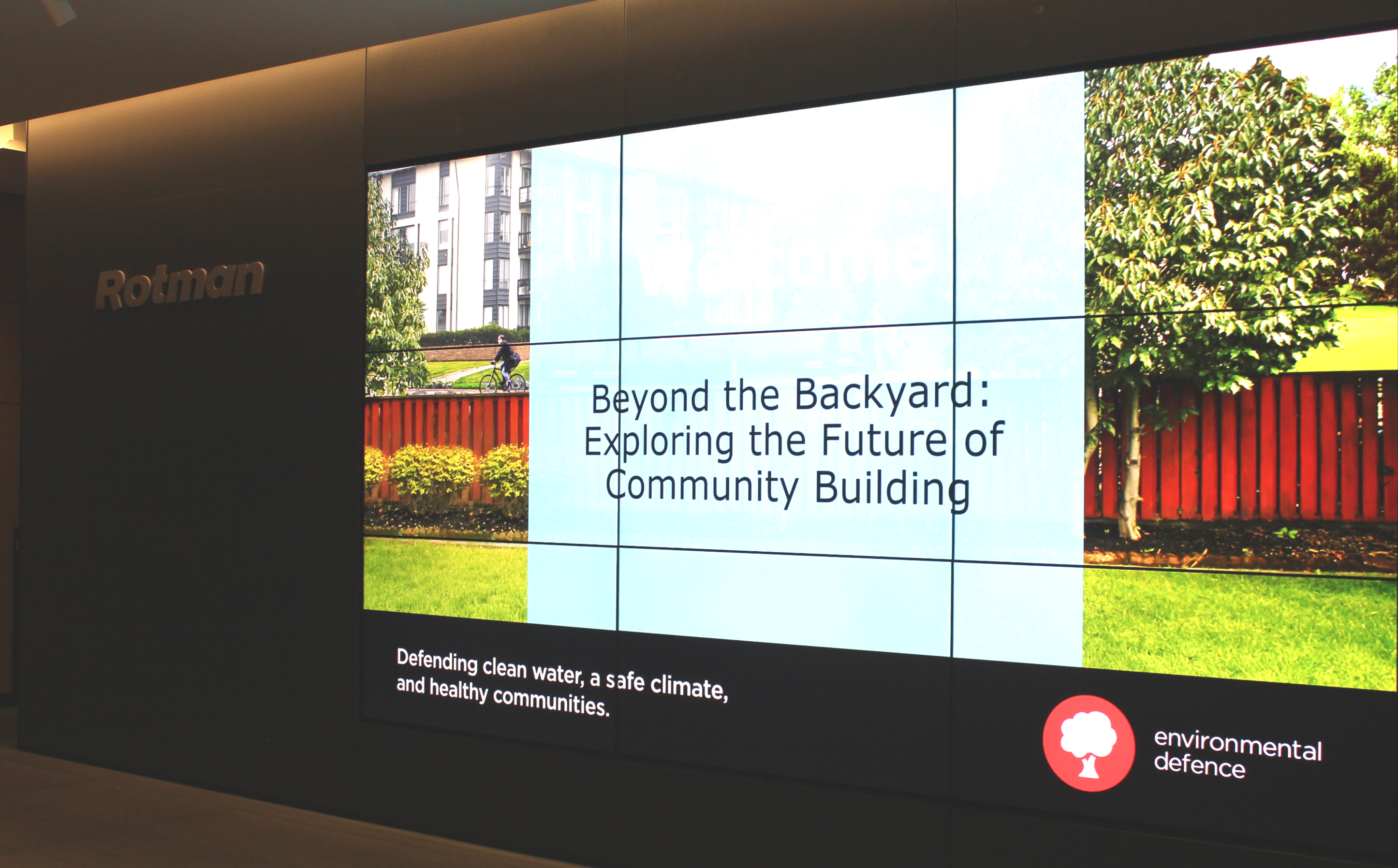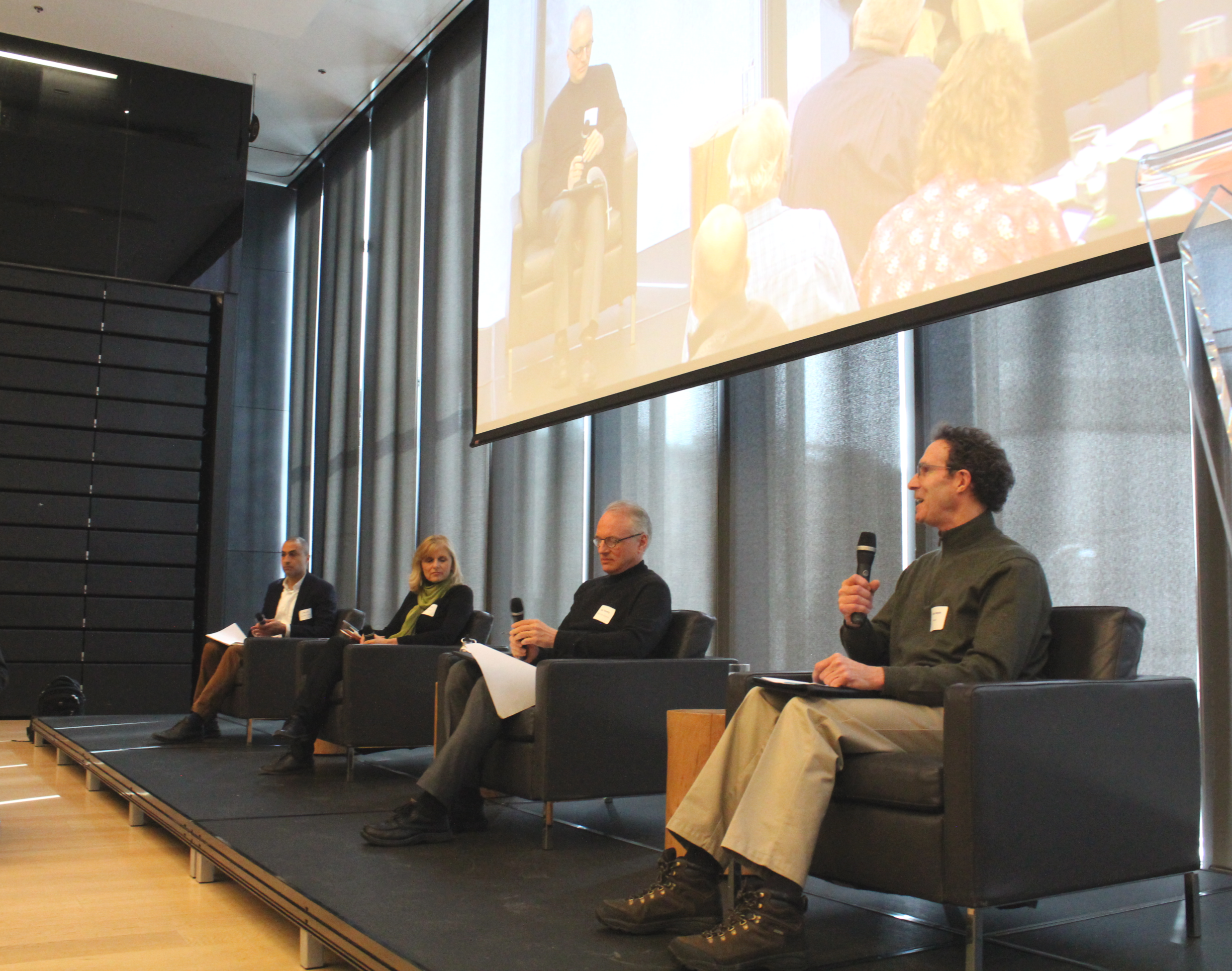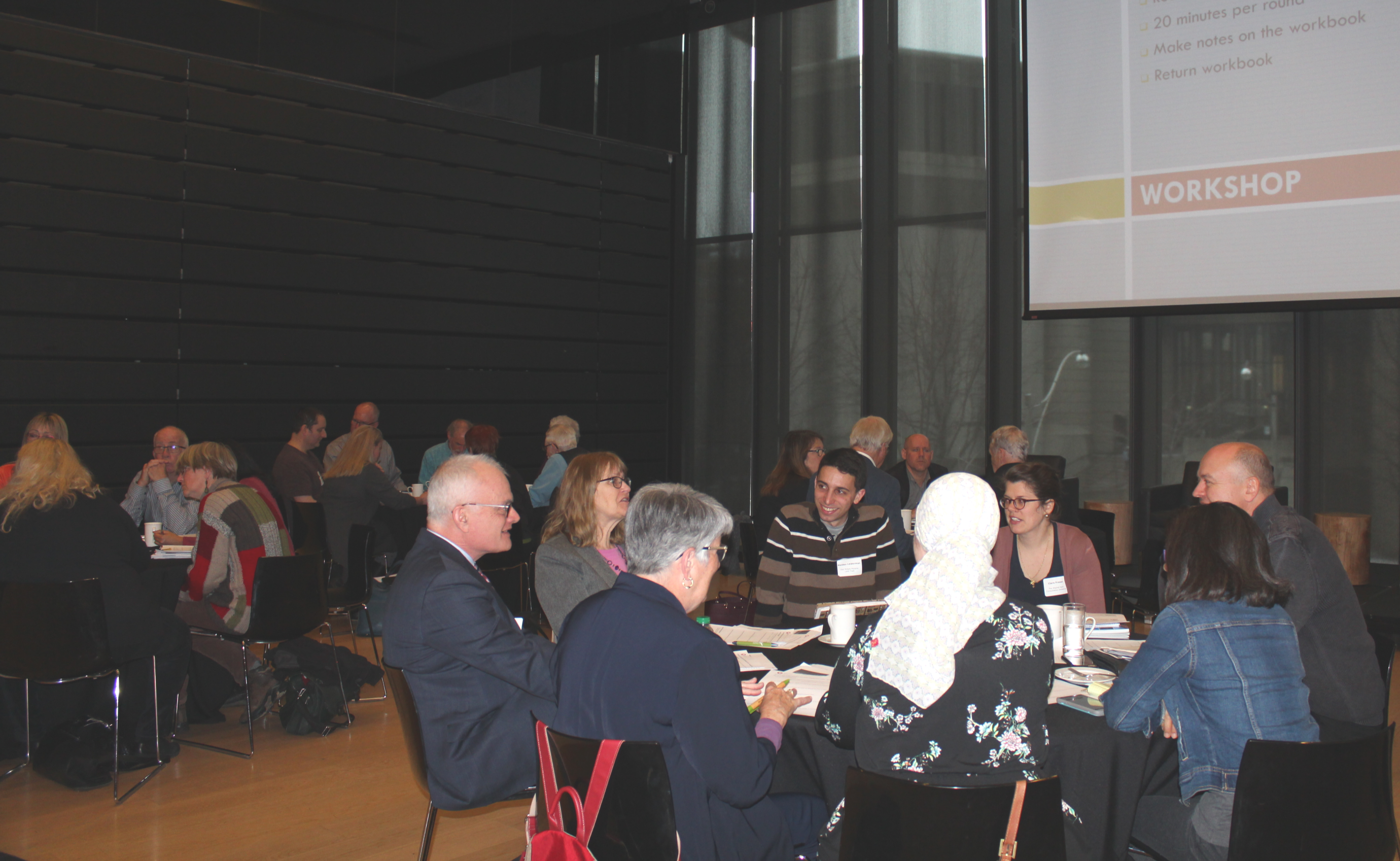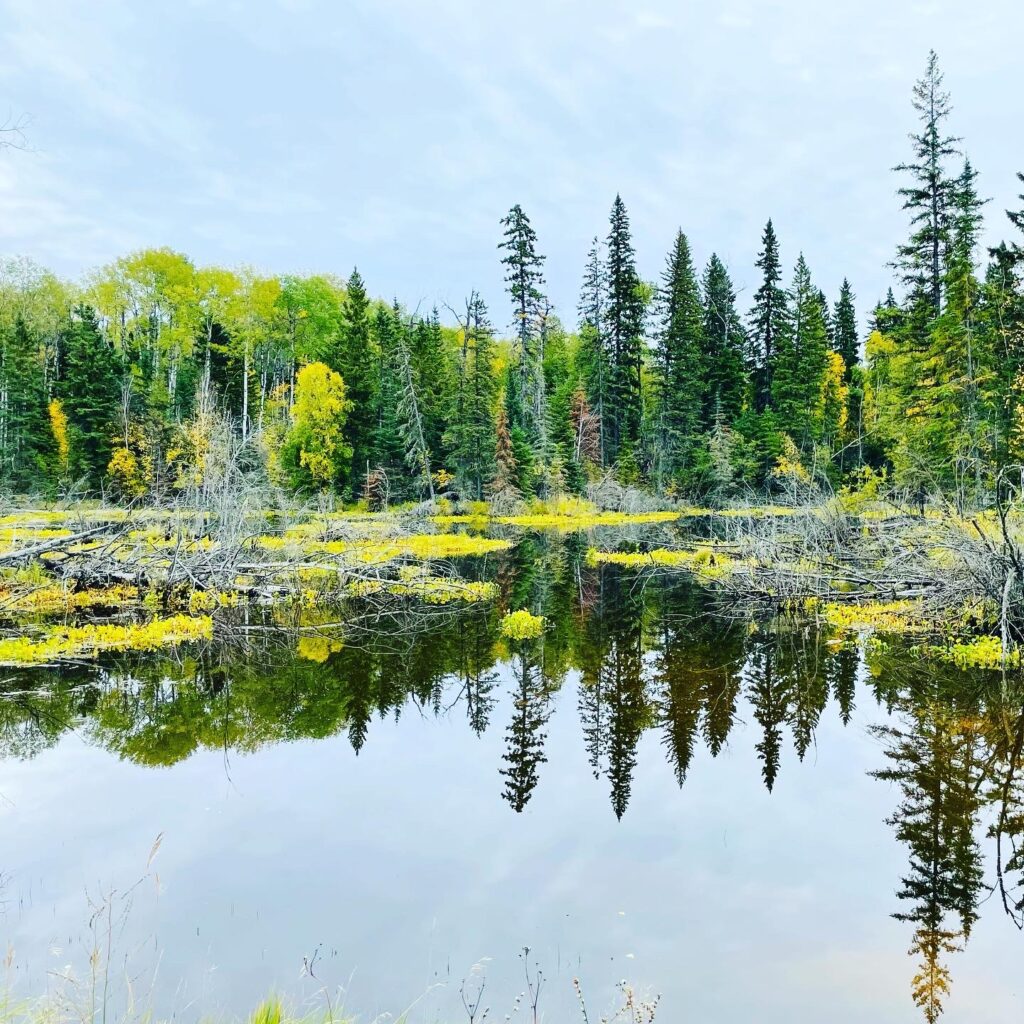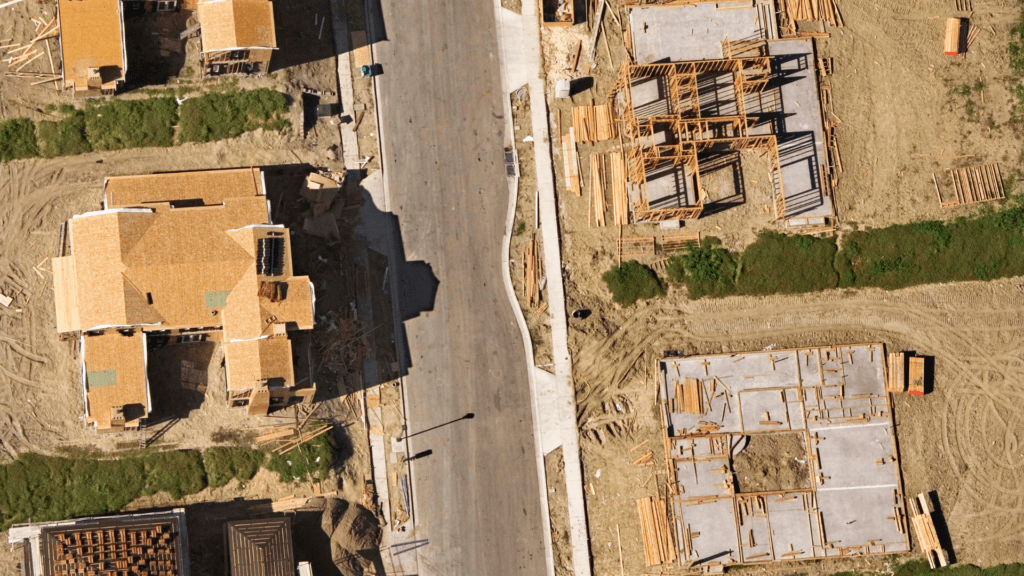 This is a guest blog by Marwa Selim, Program Manager at
This is a guest blog by Marwa Selim, Program Manager at
BurlingtonGreen Environmental Association.
Smart communities are the future for Ontarians and will be built on better and smarter planning. But how do recent changes to the Ontario Municipal Board (OMB) and the Growth Plan affect the way civil society engages in community planning?
Environmental Defence recently brought together community stakeholders, municipal leaders, city planners and developers to talk about the shift in community planning. The full day conference held on April 17, 2018 discussed changes to the OMB and the Growth Plan and explored new ways to engage communities in building better cities.
Smart Community Planning Offers New Experiences
Now more than ever, it is important that society actively engage in creating communities where they and future generations will live.
The era of Greenfield development is gone. Instead of allowing development on rural agricultural lands and vast open green spaces, more communities are reaching their built out capacities by committing to protecting farmland and environmentally sensitive areas. Communities need to be prepared for the changes that are on the way. Smart community planning engages society and gives residents different lifestyle options to choose from. These include a range of housing and transportation options, walkable and bike-friendly neighborhoods, distinctive community spaces, and most importantly, the option to get involved in multi-stakeholder development decisions regarding their community.
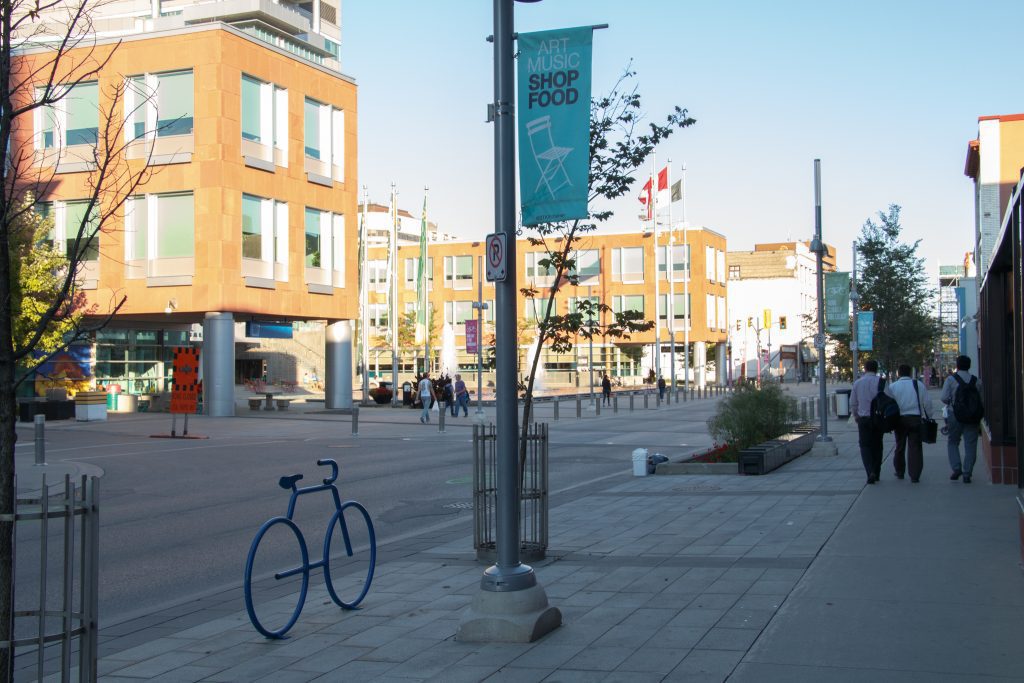
What new experiences will be the result of higher-density, compact design neighborhoods and hubs? What new lifestyle choices will be offered? How will this impact where we live, work, and play?
The experiences we have now are a result of planning for suburban sprawl communities, which affects how we get from one place to another (by car instead of walking, biking or public transit) and the source of our food. This model has also long dictated land use policies in planning documents.
But, with new planning strategies come new experiences. Mixed-use developments and higher densities allow for a more diverse lifestyle, more walkable communities, and a vibrant local economy.
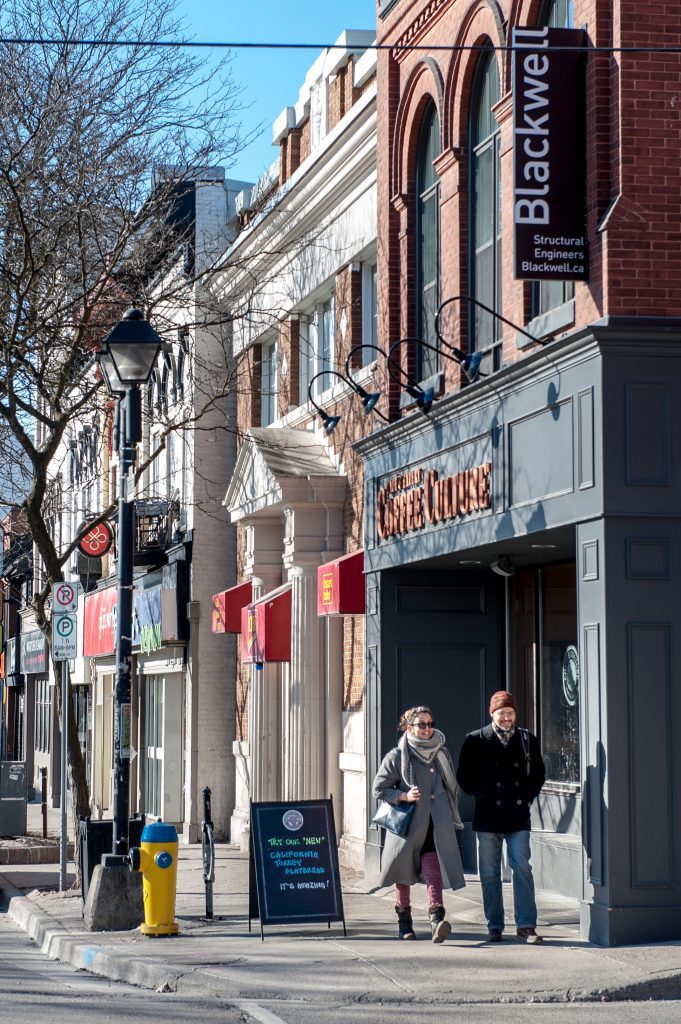
Engage with Your Community
It’s important to share with, and learn from, the broader community about the vision of smart communities and how they are attractive, livable, and sustainable. Municipalities must be more innovative in how they reach and engage with their stakeholders.
A lot of great ideas were shared in the conference discussion. Here are my top few takeaways:
- Visualize new experiences. Residents are unlikely to read hundreds of pages of planning documents, but they will relate to visuals of what their lifestyles can be. With more diverse housing options, can residents retire in place? With mixed-use developments can households reduce to one car? Can there be more local job opportunities?
- Find out what residents fear the most. What are they afraid of losing? Is it the fear that their communities will be taken over by tall towers and high-rise condominiums, with limited open spaces? How can we safeguard what they value the most? How can planning documents introduce new policies that protect urban green spaces and the tree canopy to ensure that intensification areas contain oases of green lungs and sponges within the context of the urban landscape.
- Go to the community, don’t just invite them out. People are busier than ever now. Go to them instead of waiting for them to come to you. Start a conversation with people at a hockey rink or a soccer game, where they are more likely to be on a week night. Not everyone can make it to an Open House.
- Reach out early in the process. Engage the community early on rather than waiting until a development is right in their back yard. That’s usually when it is too late; the development application has been granted, and there is little they can do to change the outcome.
- Invest in local community organizations. Community groups are key stakeholders; invest in them. They know what’s at stake and collectively have access to a large supporter base. They know their audiences best, have established trust, and can effectively engage them. Consider these groups the connectors to a community and tap into their networks and expertise. They have a hand on the pulse of the community, which is why they need to join in on the conversation with developers.
- Bring developers to the table. Developers need to be accessible to the public to address their concerns. More importantly, they need a strong incentive to build smart developments. What can municipalities offer in the way of incentives for developers to incorporate sustainable design features in buildings? Reduced development fees? Fast tracked application approvals? We must create an ecosystem for all parties to benefit in order to adopt new solutions.
Communities across Ontario are transitioning into smarter and more sustainable hubs. Engaging civil society is a key part of this transition. It ensures that residents are aware of local decisions and can actively participate in making choices that affect their future.






